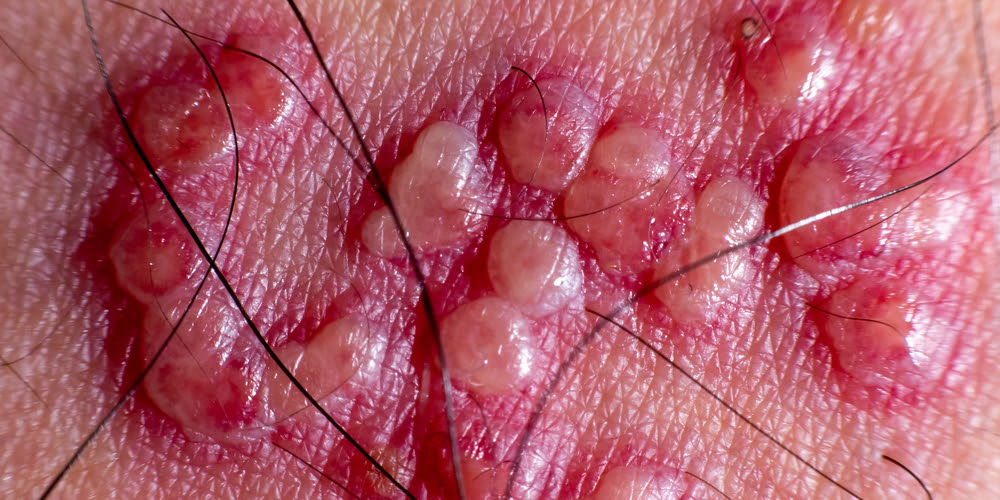

For example, paracetamol can help relieve fever (don't give aspirin to children under 16), and calamine lotion and cooling gels can be used to ease itching. There's no specific treatment for chickenpox, but you can take steps to relieve the symptoms. Some children only have a few spots, whereas others have them over their entire body. The spots are most likely to appear on the face, ears and scalp, under the arms, on the chest and belly, and on the arms and legs.

It most commonly affects children under 10 years of age.Ī rash of itchy spots turns into fluid-filled blisters. They crust over to form scabs, which after a while drop off. ChickenpoxĬhickenpox is a viral illness that most children catch at some point. It usually responds well to treatment with antibiotics. If you can't see your GP on the same day, go to a walk-in centre or minor injuries unit.Ĭellulitis can usually be diagnosed by assessing the symptoms and examining the skin. See your GP immediately if an area of your child's skin suddenly turns red, hot and tender. Your child will probably also have a fever. It often affects the legs, but can occur anywhere on the body. The affected area will be red, painful, swollen and hot. CellulitisĬellulitis is an infection of the deeper layers of skin and underlying tissue. The most common causes of rashes in children are:Īlthough meningitis has become less common over recent years, it's important to be aware of the rash and the other signs and symptoms of meningitis. This page may give you a better idea about what could be causing the rash, but don't use this to self-diagnose your child's condition – always see a GP for a proper diagnosis. They'll be able to investigate the cause and recommend any necessary treatment. However, see your GP if your child has a rash and seems unwell, or if you're worried. Most rashes are harmless and disappear without the need for treatment.

Childhood rashes are common and aren't usually a cause for concern.


 0 kommentar(er)
0 kommentar(er)
